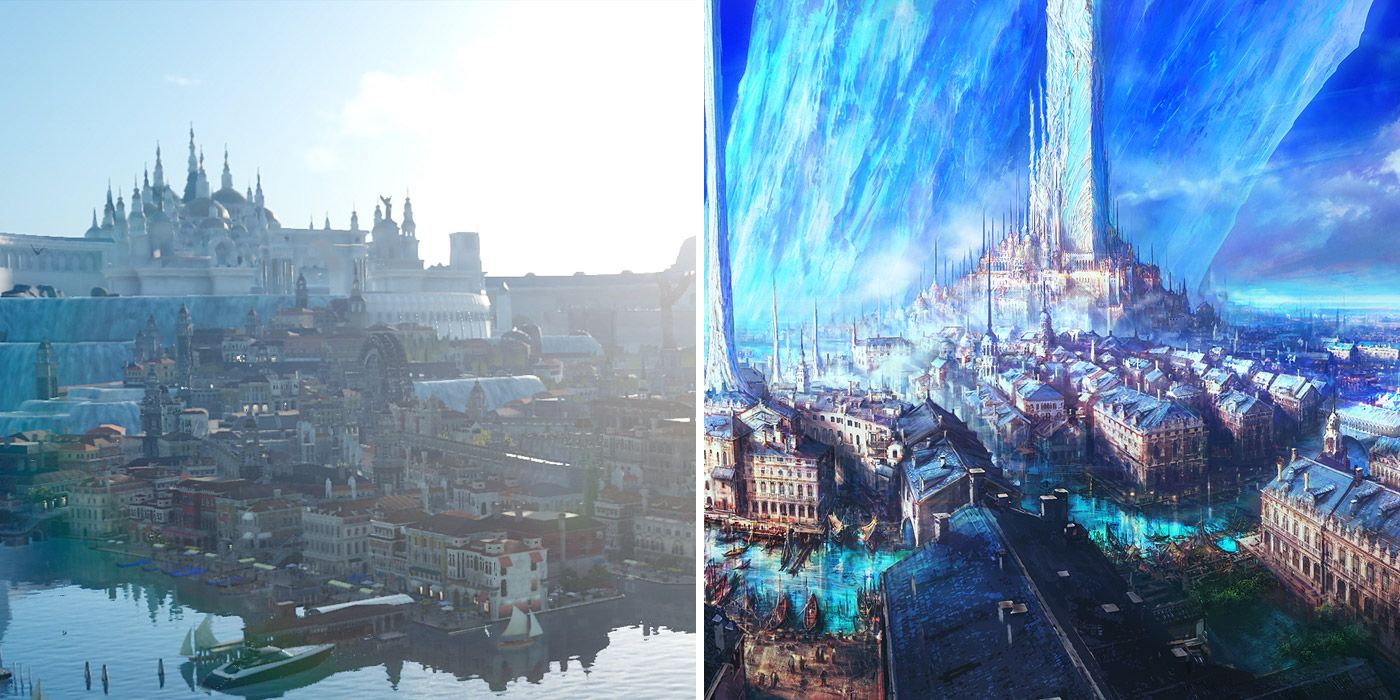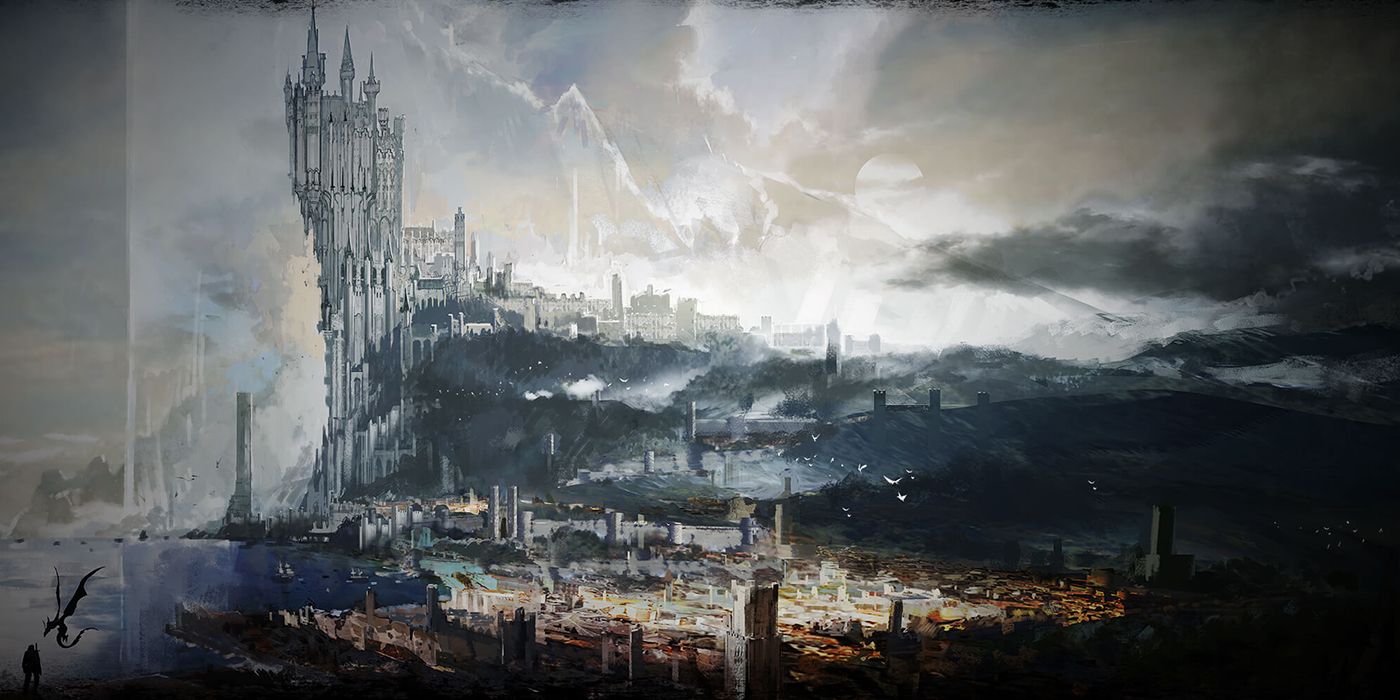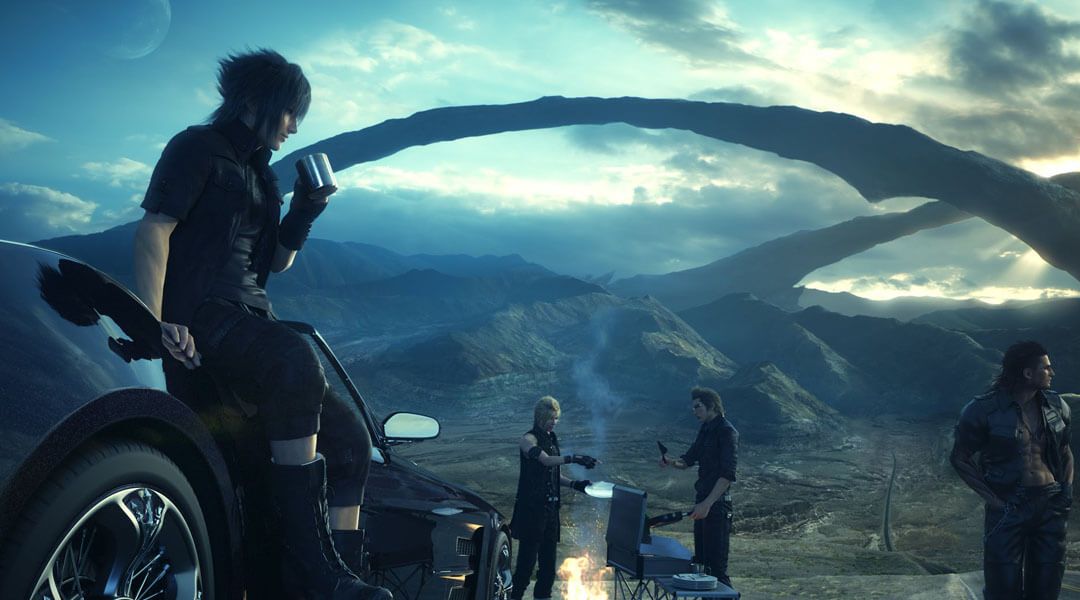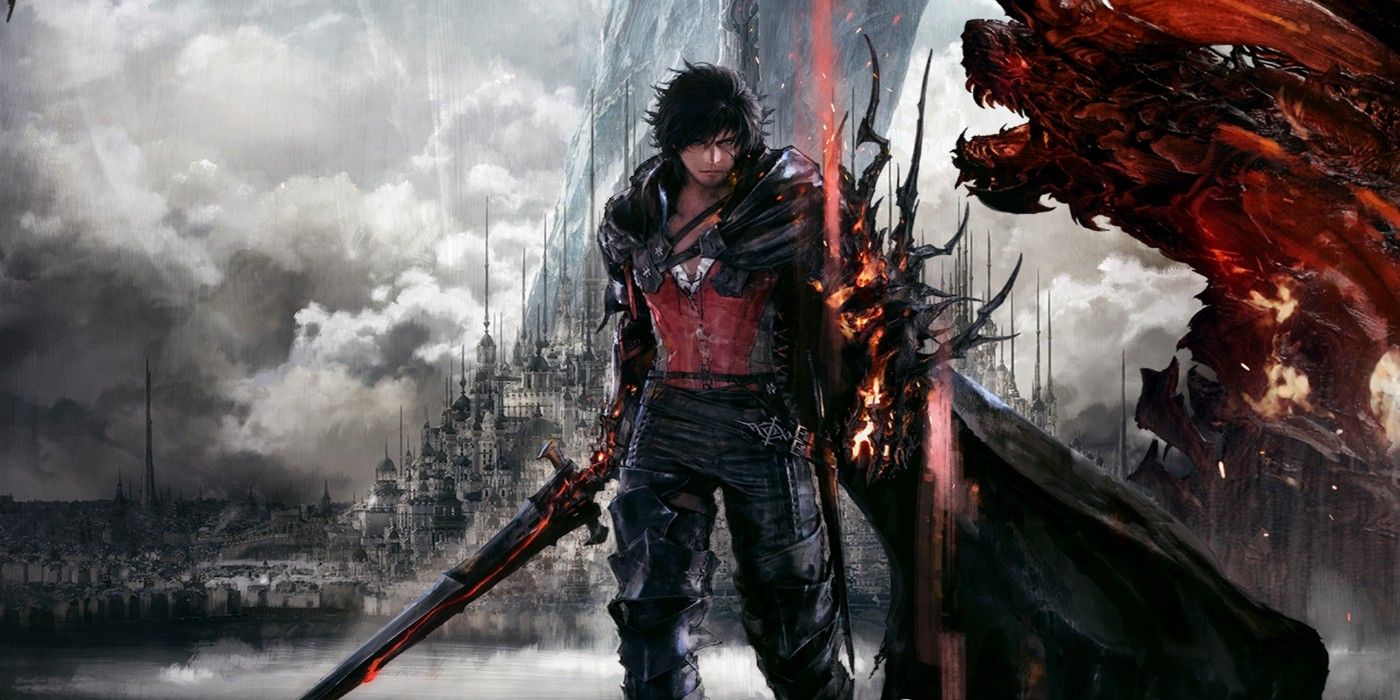Announced just a few months ago, the long-rumored Final Fantasy 16 was confirmed and set for a 2021 release on the next-gen PS5. Shown during the PS5's big showcase in September, Final Fantasy 14 may have been pleasantly surprised by what they saw in the reveal trailer. Final Fantasy 16 is returning to a medieval fantasy world, alongside traditional elements from the series like the return of crystals, warring kingdoms, and all-powerful Final Fantasy summons. Rather than a pseudo "medieval" setting like Final Fantasy 9, it seems Final Fantasy 16 is going all in with the dark tone and complex kingdoms and political differences between them.
This is something that Final Fantasy 15 always hinted at, but never seemed to quite reach because of the open world and narrative design. Noctis' journey is a coming-of-age story, bolstered by his friends who are teaching him to be strong. Despite the impending grand battle of kingdoms at the end of the game, the majority of the game never takes those themes too seriously. Rather, Final Fantasy 15 emphasizes the exploration of Eos, a grand and open continent full of diverse biomes meshed between the Lucis and Niflheim empires. Both have similar overarching concepts between both games, but the worlds of Final Fantasy 15 and Final Fantasy 16 are quite different.
The Many Nations and Realms of Valisthea
While the game isn't out until 2021, Square Enix recently unveiled some more concrete details about the world of Final Fantasy 16 and its medieval inhabitants. The world of Final Fantasy 16, known as Valisthea, is a vast medieval-inspired land that's home to the six realms and kingdoms that lie within it. Each realm is ruled over by each respective kingdom: The Grand Duchy of Rosaria, The Holy Empire of Sanbreque, The Kingdom of Waloed, The Dhalmekian Republic, The Iron Kingdom, and The Crystalline Dominion. Each realm has its own respective ruler(s) and government, as well as its own "mothercrystal" that powers the land and its people.
Final Fantasy 16 also introduces Dominants and Eikons, central characters of the game's plot, who act as physical manifestations of the iconic Final Fantasy summons. Dominants are single human beings selected by the Eikons to summon them at their behest. Not every kingdom has a Dominant/Eikon to represent their nation, but every human born to become a Dominant is bound to that fate for life. In the Iron Kingdom, Dominants are considered heretics and abominations of mankind, and are even executed at birth. Within the Grand Duchy of Rosaria, Dominants are crowned the Archduke of the nation when they've reached appropriate age. Each nation has its own way of governing, and its own way of treating the Dominants, but they all make up a very diverse medieval Final Fantasy world that has very mature undertones.
The Warring Kingdoms of Eos
As for Final Fantasy 15, the "fantasy based on reality" remains far from any obvious medieval comparisons. While the major governing bodies in the game are still versions of a monarchy or theocracy, those are the only old-fashioned concepts in the game. Even when players are given free reign to explore the entire country between Lucis and Niflheim, Noctis has modern amenities like a car (that's also an airship, eventually) alongside gas stations, rest stops, and various other things. Despite the amount of monsters in the wilderness and those that show up at night, Eos is a well-developed world full of technological advancement that resembles modern life in a grounded way.
Players get to know this world well throughout Noctis' journey. While there's much political intrigue happening in the background, Final Fantasy 15 largely places those moments in the narrative background so players can focus on exploring the open world. Final Fantasy summons play a subtle role in Final Fantasy 15, but they are a very present threat that Noctis and Lunafreya are meant to control in order to preserve peace in Eos. Other than that, the world of Final Fantasy 15 largely represents our real world in small vignettes. Noctis explores vast plains that resemble the American West, volcanic regions like South America, Altissia as inspired by Venice in Italy, and many more locations that resemble places on Earth.
Dueling Worlds of Final Fantasy
Comparing the two worlds of Final Fantasy 15 and Final Fantasy 16 shows that they really don't have much in common, and that's a good thing. It seems like Final Fantasy 16 is attempting to accomplish the same goal that Final Fantasy 9 did back in 2000, which is bringing the series as far back to its medieval roots as possible. This time however, the dark and gruesome themes of Valisthea's world seem to indicate the game's storyline is going to be much more melancholy. The many nations represent a Dark Ages-styled theme, perhaps similar to Game of Thrones, with political intrigue and conquering nations setting the narrative tone. Final Fantasy 15 did this to some extent in Eos, but that's really the only viable similarity between these two worlds.
Other than a similar framing of conflict, Eos and Valisthea couldn't be more different. Obviously the two time periods are vastly different, where Eos relies on modern machinery and weapons, compared to Valisthea's more primitive world of Chocobos and knights in shining armor. Both games feature crystals as a prominent source of magic, but Final Fantasy 16 is placing an even greater emphasis on its "mothercrystals" and how they "bless" each nation. There's also numerous powerful nations in Final Fantasy 16 compared to the two (arguably three) big nations in Final Fantasy 15. The medieval direction in Final Fantasy 16 is going to be severely different compared to the world Noctis knows so well.
Final Fantasy 16 is planned to release in 2021.




